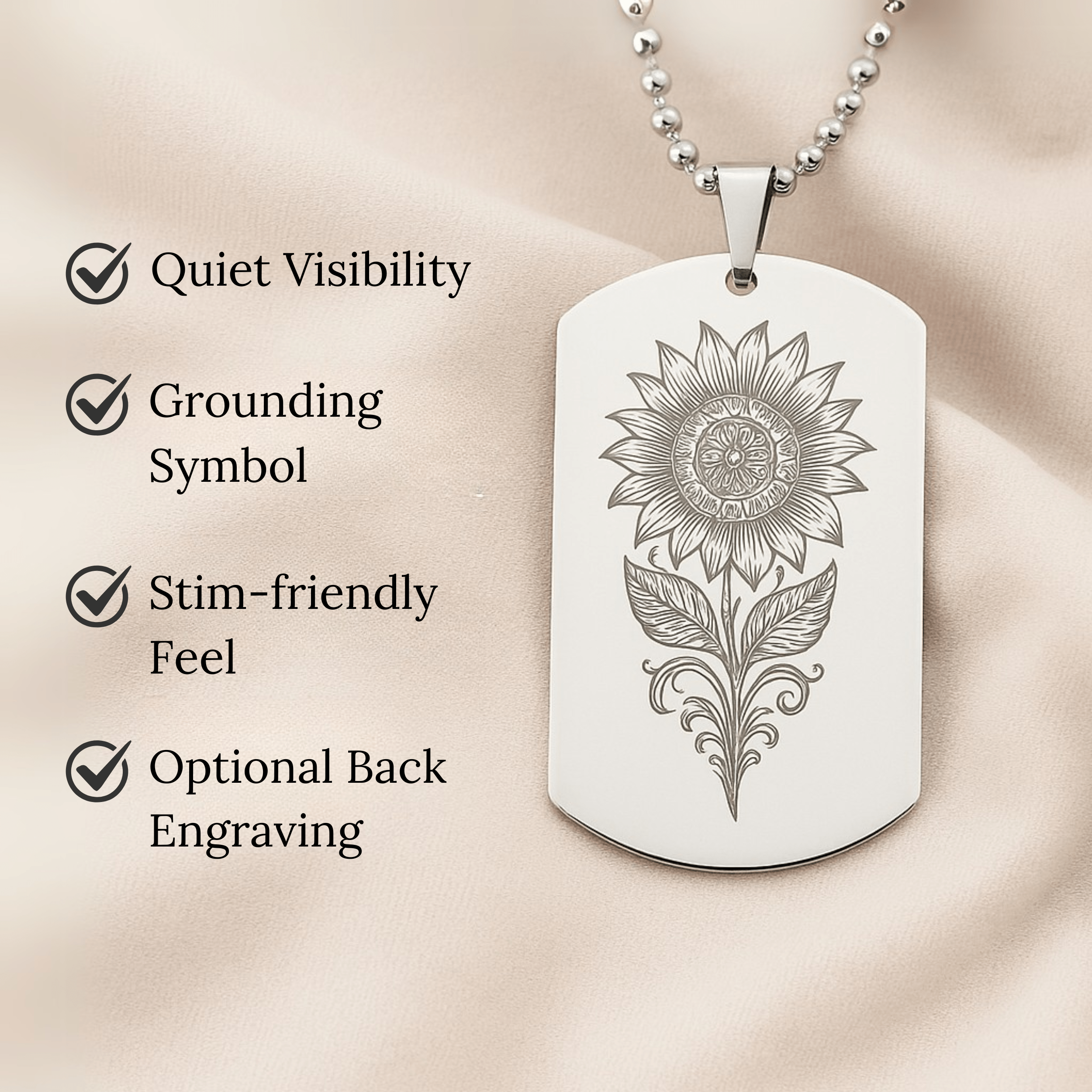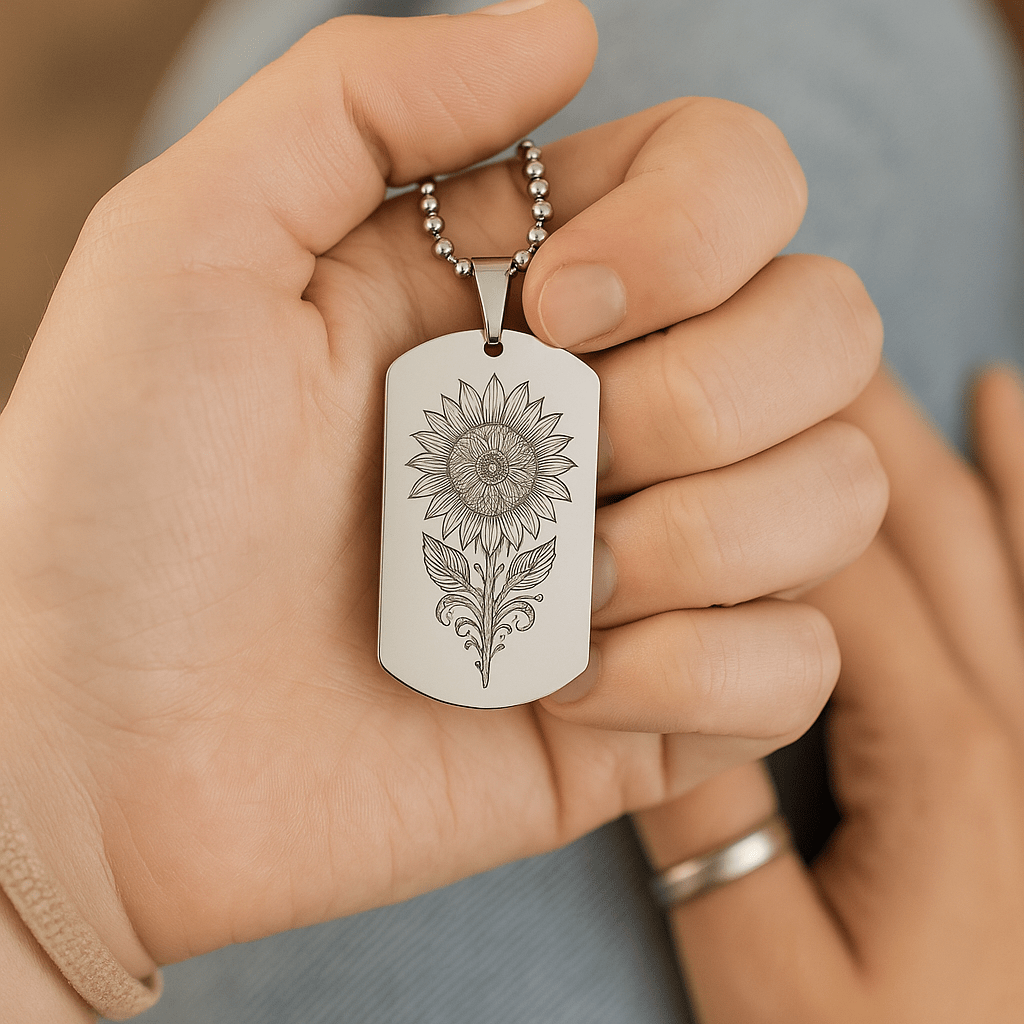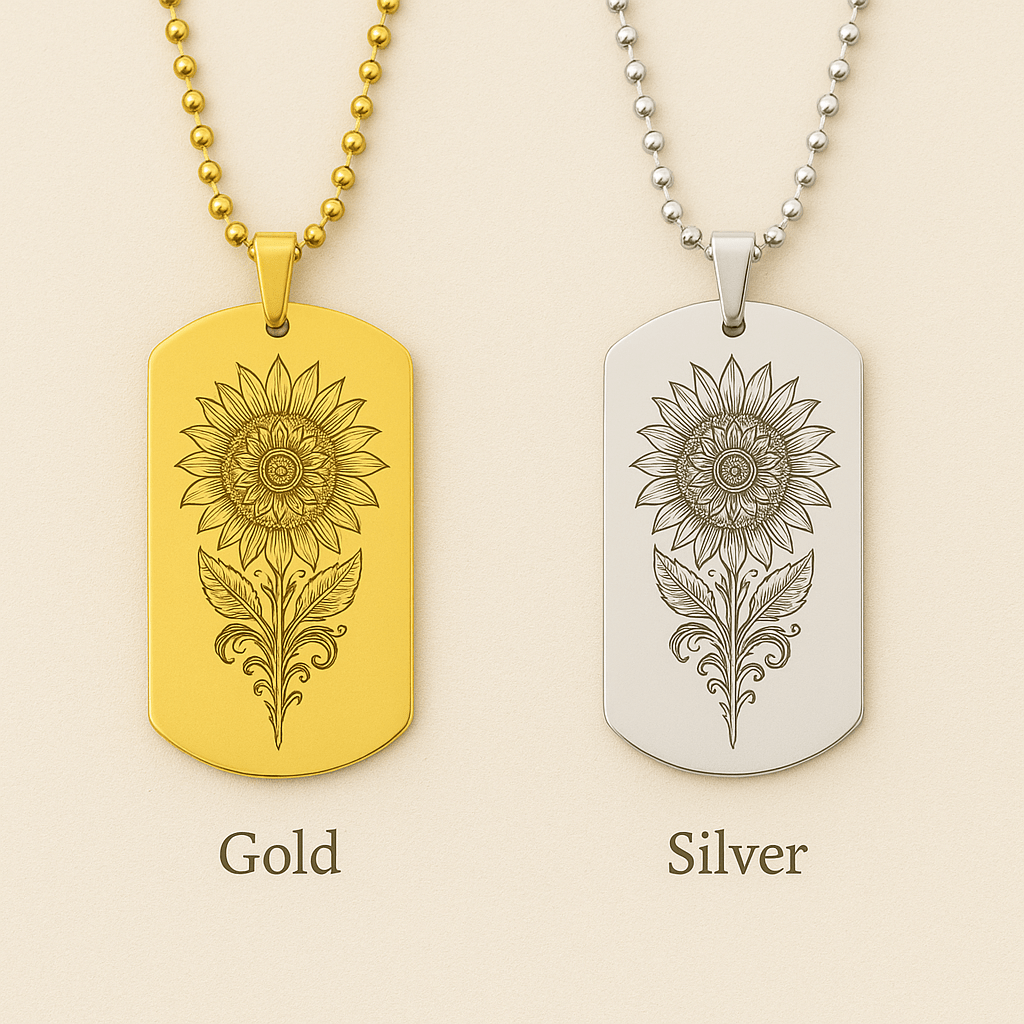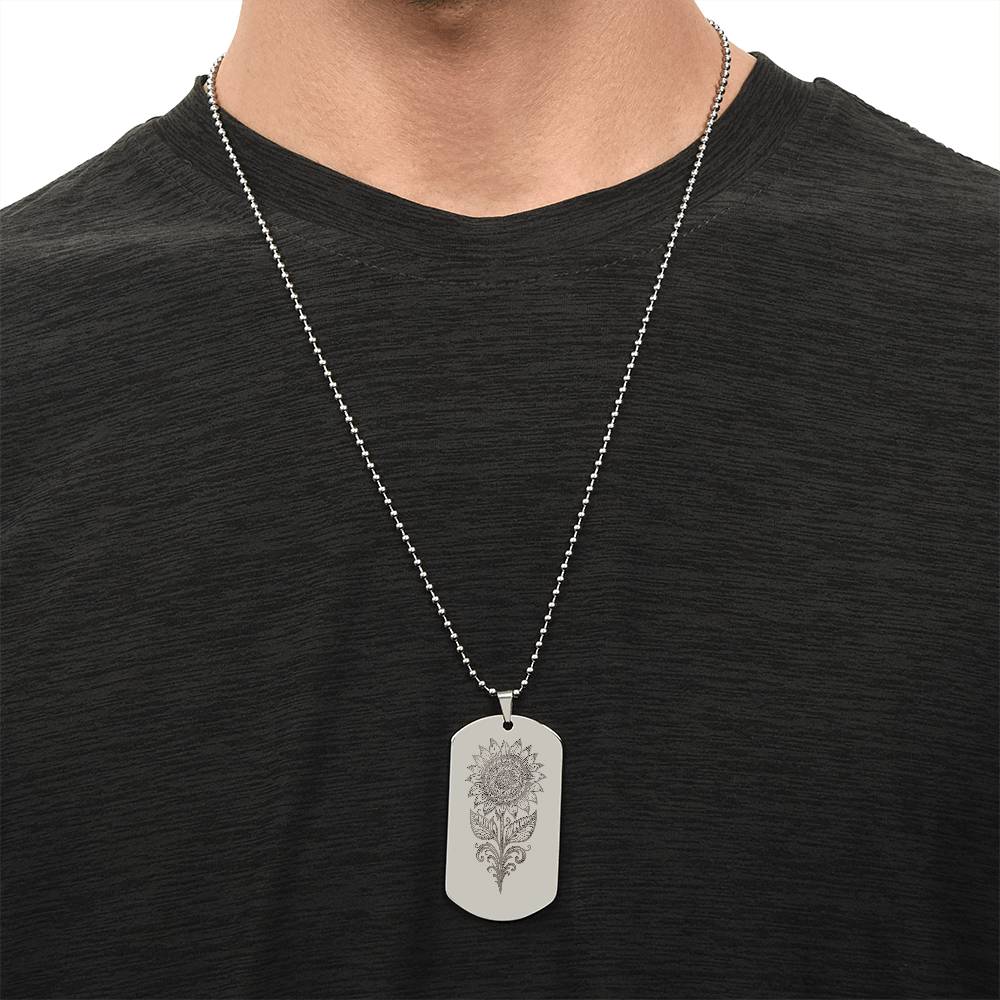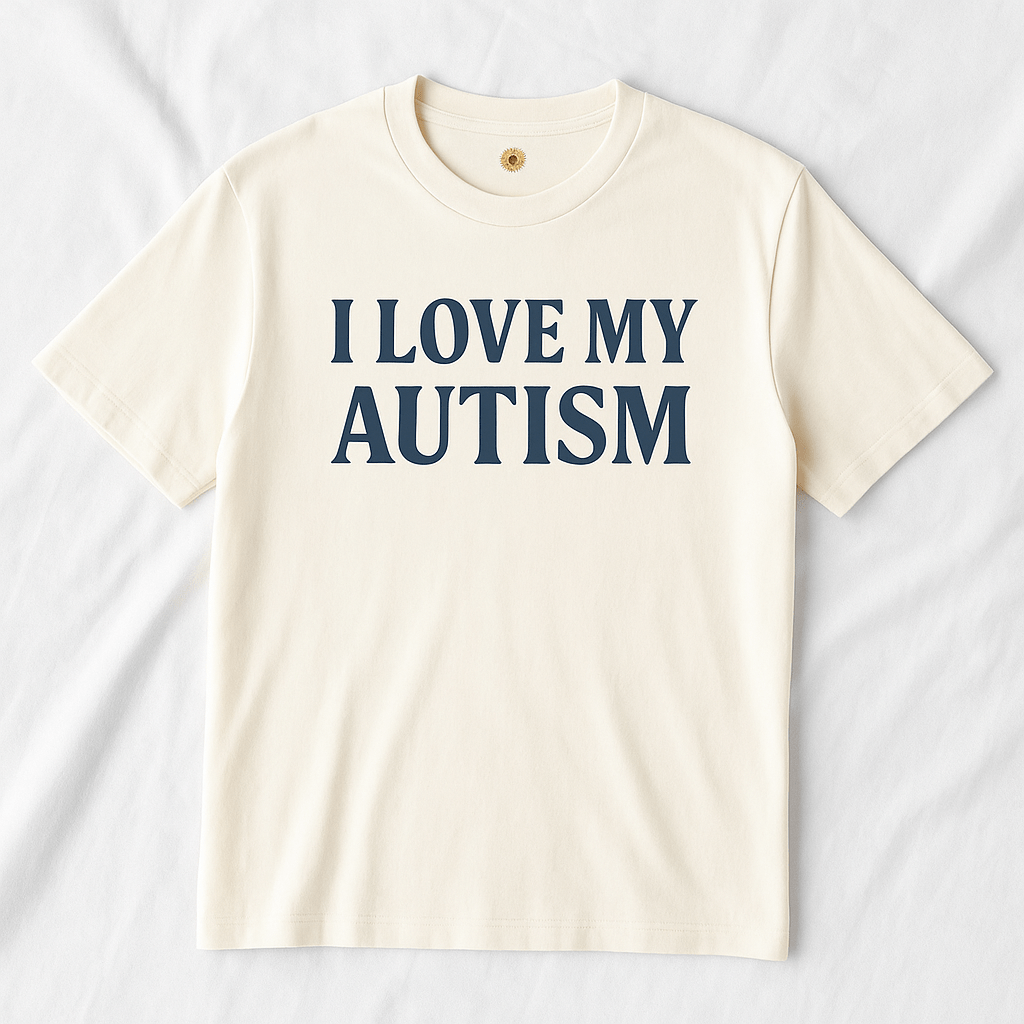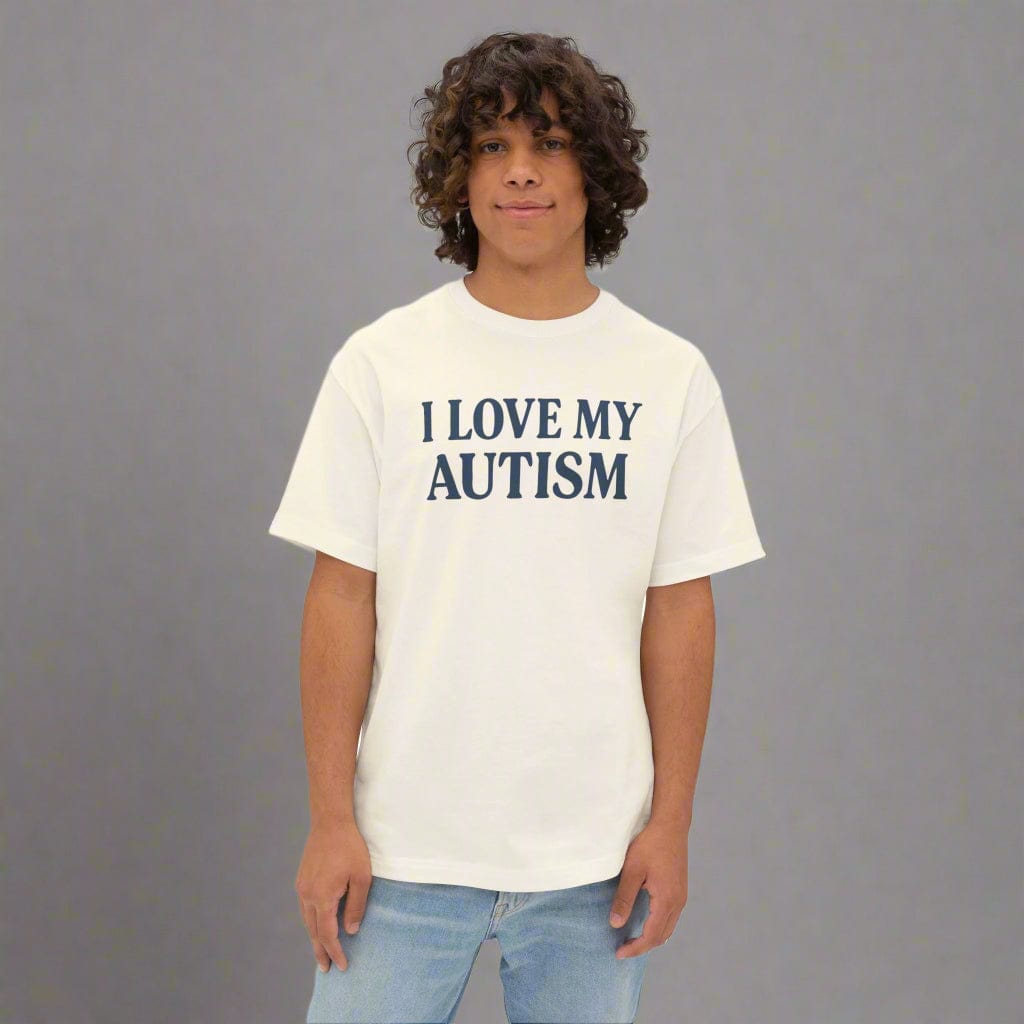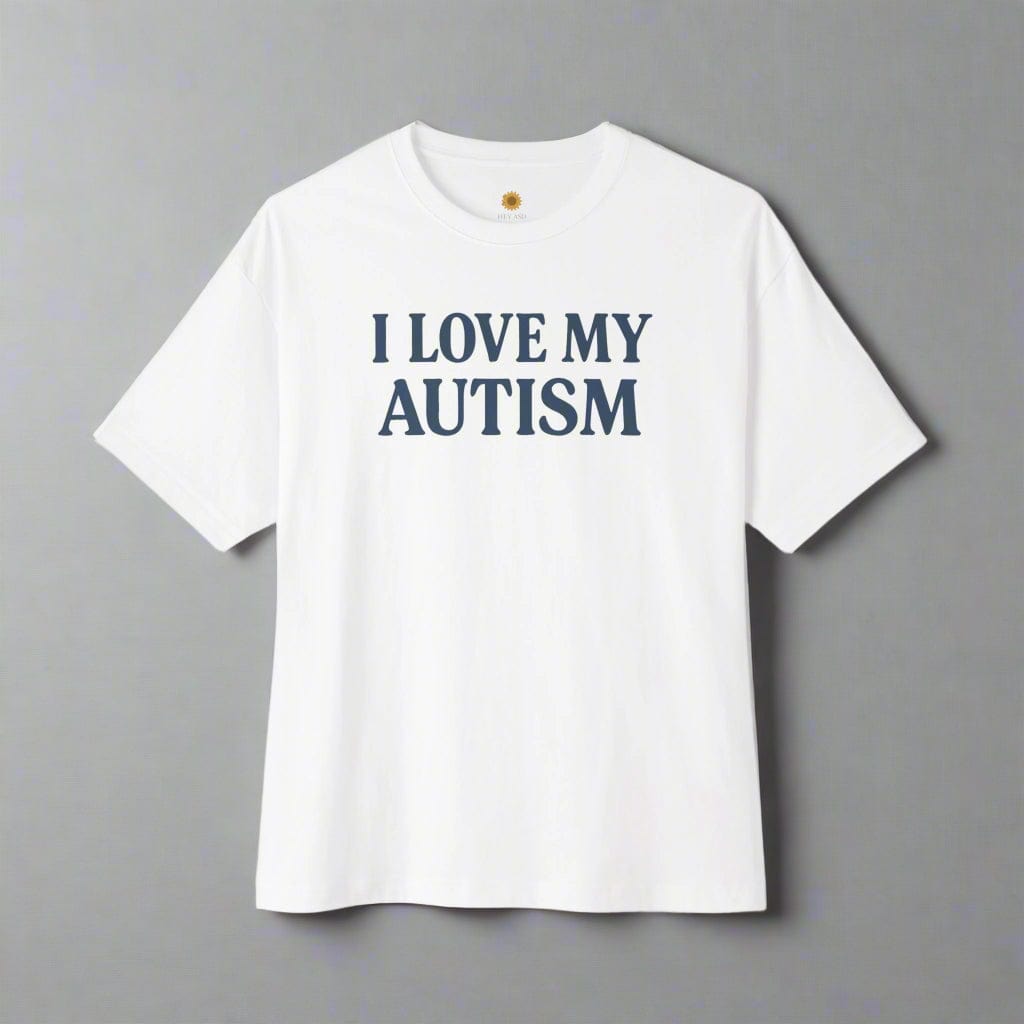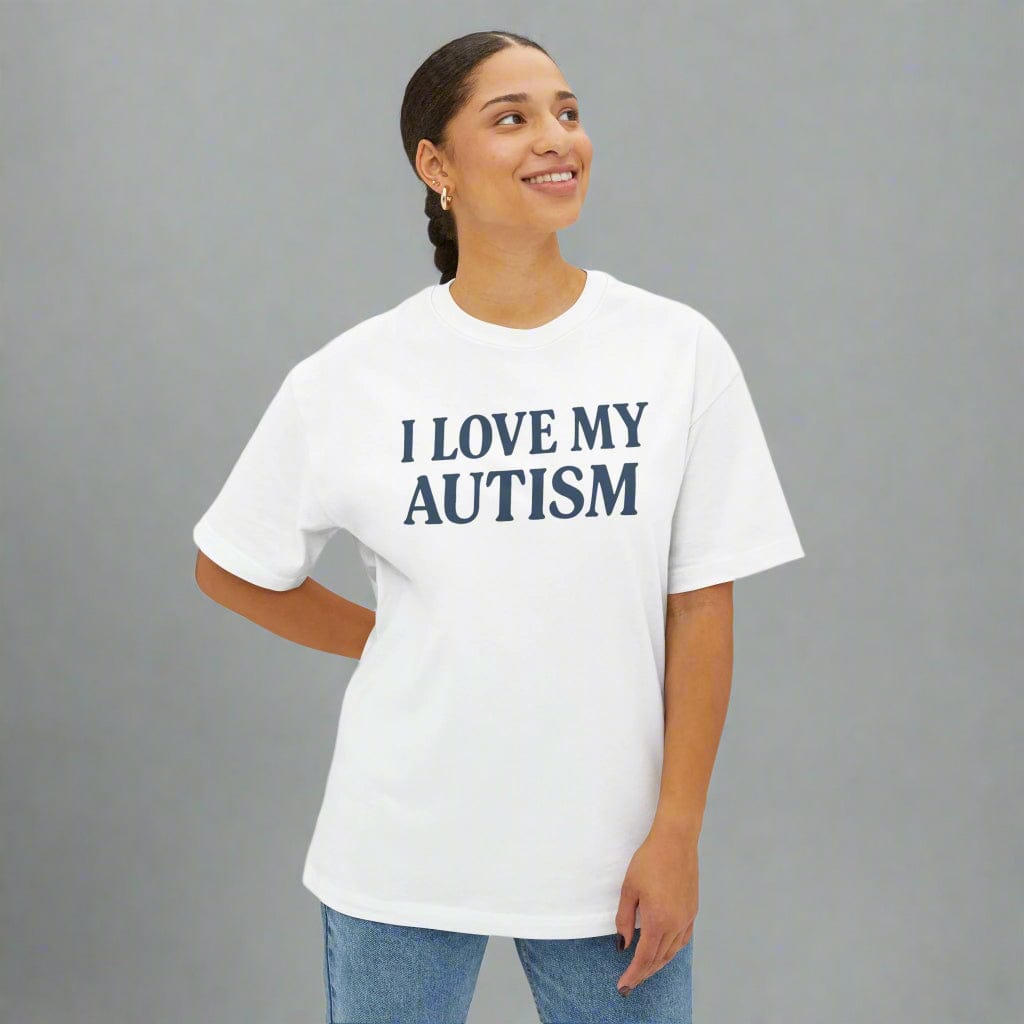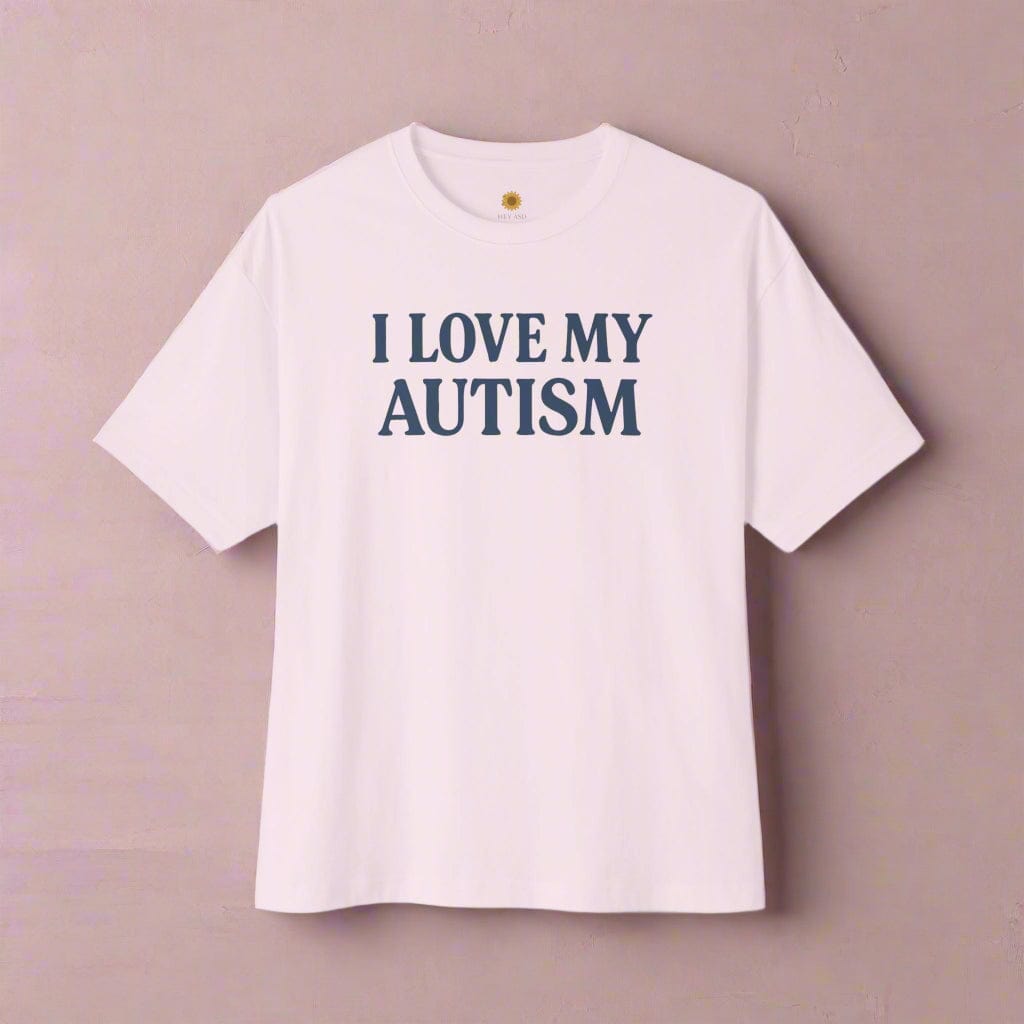Sensory-Friendly Holiday Celebrations and Traditions

Written by HeyASD.com Team
The holiday season is a time of joy and celebration, but for those with sensory sensitivities, it can be overwhelming. Creating sensory-friendly holiday celebrations and traditions is essential to ensure that everyone, including individuals with neurodiversities, can enjoy this special time of year. From adjusting decorations and lighting to rethinking traditional activities, there are many ways to make the holidays more inclusive and enjoyable for all.
Key Takeaways
- Educate family and friends on sensory needs to foster understanding and inclusion during holiday celebrations.
- Create a sensory-friendly environment with appropriate decorations, adjusted lighting, and comfortable spaces.
- Incorporate alternative, sensory-safe activities and quiet zones to ensure festivities are inclusive for everyone.
- Adapt and create new holiday traditions that balance festivity with sensory comfort, making the season enjoyable for all.
- Use visual communication aids, provide clear expectations, and have sensory toolkits ready to support sensory-friendly events.
Understanding Sensory Needs During the Holidays
Educating Family and Friends
Amid the holiday cheer, it's essential to educate family and friends about the unique needs of individuals with sensory sensitivities. Creating an inclusive atmosphere starts with understanding that for some, the holidays can be overwhelming. Sharing knowledge about neurodiversity can foster empathy and support for sensory-friendly adjustments.
Navigating Sensory Overload
The holidays often come with bright lights, loud noises, and bustling activity, which can lead to sensory overload for many. Crafting a holiday experience tailored to individual needs is crucial. Providing quiet spaces and sensory tools can help manage the sensory-rich environment, ensuring everyone can partake in the joy of the season.
Embracing Neurodiversity
Celebrating neurodiversity means recognizing that traditional holiday activities might need to be adapted. It's about balancing festivity with comfort and making small changes to embrace all sensitivities. Whether it's adjusting decorations or rethinking traditions, the goal is to create a holiday experience where everyone feels valued and included.
Creating Sensory-Friendly Holiday Environments
Choosing Appropriate Decorations
To create a sensory-friendly holiday environment, start with selecting decorations that are visually pleasing without being overwhelming. Opt for simple, non-flashing lights and avoid overly fragrant ornaments. Remember, less is often more when it comes to creating a comfortable space for individuals with sensory sensitivities.
Adjusting Lighting and Sound
Soft lighting and minimized noise can transform a hectic holiday setting into a serene sanctuary. Use dimmer switches or shaded lamps to create a gentle glow, and consider designating certain times or areas as quiet zones to provide respite from the festive bustle.
Designing Comfortable Spaces
Designate a quiet, calm space where individuals can retreat if they feel overwhelmed. This area should include comfortable seating and sensory tools like fidget toys or noise-canceling headphones. Encourage the use of this space without pressure or judgment, ensuring it's a true haven of tranquility.
Embrace individuality and encourage others to do the same, creating an inclusive and welcoming holiday environment by acknowledging and appreciating differences.
Inclusive Holiday Activities for Everyone
Alternative Celebration Ideas
Finding inclusive activities is crucial for a holiday celebration that welcomes everyone. Opt for sensory-friendly options like arts and crafts stations, sensory bins, or a quiet corner with calming activities. These allow individuals to engage at their own comfort level, ensuring a festive time for all. Embrace their individuality and encourage others to do the same, making the holiday season brighter for everyone.
Sensory-Safe Crafts and Games
Planning sensory-friendly activities is key. Consider crafts that cater to various sensory needs, such as playdough, kinetic sand, or painting with different textures. Ensure materials are non-toxic and provide a positive tactile experience. Games should be non-competitive and adaptable, allowing children to participate without the pressure of winning or losing.
Quiet Zones and Calm Corners
Creating a designated quiet zone can be a sanctuary for those who need a break from the holiday hustle. Furnish this space with comfortable seating, soft lighting, and calming activities. It's a simple yet effective way to offer respite, making the holiday experience more enjoyable for those with sensory sensitivities.
Inclusivity isn't just a nice-to-have; it's essential for a holiday celebration that truly includes everyone. By considering the needs of those with sensory sensitivities, we foster a sense of belonging and joy.
Adapting Traditions to Meet Sensory Needs
Modifying Existing Traditions
Adapting beloved holiday traditions can be a heartwarming way to include everyone. Consider toning down the volume during caroling or opting for a smaller, less overwhelming Christmas tree. Involving family members with sensory sensitivities in the decorating process can create a calm and inclusive atmosphere, ensuring the holiday spirit is felt by all.
Creating New Sensory-Friendly Traditions
Embrace the opportunity to craft new traditions that cater to sensory needs. These can range from quiet story times to sensory-safe baking sessions. Innovation in tradition is not just about inclusivity; it's about making joyous memories that are comfortable and engaging for everyone involved.
Balancing Festivity with Comfort
The key to a sensory-friendly holiday is finding the right balance between celebration and comfort. > For those with sensory sensitivities, the holidays can amplify challenges. It's essential to navigate this season with a mindful awareness of each individual's needs, ensuring that the festivities are enjoyable for everyone. By rethinking and adapting traditions, we can foster a holiday environment that honors both the festive spirit and the comfort of our loved ones.
Communication Strategies for Sensory-Friendly Celebrations
Effective communication is the cornerstone of sensory-friendly holiday celebrations. It ensures that everyone, especially those with sensory sensitivities, can enjoy the festivities without feeling overwhelmed. Here are some strategies to enhance communication for a more inclusive experience.
Using Visual Communication Aids
Visual aids can be a lifeline for individuals with sensory processing challenges. Picture cards, social stories, and visible schedules can help explain holiday plans or changes in a clear and accessible way. Incorporating visual aids can reduce anxiety by providing predictable structures and expectations.
Setting Clear Expectations
It's crucial to set clear expectations for both guests and hosts. Outline the day's activities, what kind of sensory experiences to expect, and how to navigate them. This can include designated quiet areas, availability of sensory tools, and planned breaks. A well-informed guest is more likely to feel comfortable and enjoy the celebration.
Promoting Patience and Understanding
Patience and understanding from all participants create a supportive environment. Educate guests about sensory sensitivities and the importance of flexibility. Encourage them to be mindful of signs of sensory overload, such as visual stimming or the need for a quiet space. This understanding fosters empathy and ensures that everyone feels included and respected.
Remember, the goal is to balance festivity with comfort, making the holiday season enjoyable for all.
Planning Sensory-Friendly Holiday Events
Pre-Event Preparations
Proper planning is the cornerstone of a successful sensory-friendly holiday event. Start by creating a detailed schedule that includes breaks and quiet times. Ensure all activities are accessible and enjoyable for guests with sensory sensitivities. Provide clear expectations to reduce anxiety and help guests know what to anticipate.
Sensory Toolkits for Quick Intervention
Having a sensory toolkit on hand can be a game-changer. Equip it with noise-canceling headphones, fidget toys, and weighted blankets. These items can offer immediate relief for someone experiencing sensory overload. Remember to include autism-themed items that can also serve as conversation starters or calming focal points.
Post-Event Debriefing and Relaxation Techniques
After the event, take time to debrief with your family or team. Discuss what worked well and what could be improved. Introduce relaxation techniques such as deep breathing or gentle stretching to help everyone unwind. Celebrate the successes and plan for even more inclusive future celebrations.
Fostering Inclusive Interactions
Educating Guests on Sensory Sensitivities
Educating guests about sensory sensitivities is a cornerstone of fostering inclusive interactions. Provide clear information on what sensory sensitivities are and how they can affect individuals. Use simple language and examples to make the concept accessible to all attendees. Encourage guests to ask questions and share their own experiences to create a dialogue that promotes understanding.
Encouraging Empathy and Flexibility
Empathy and flexibility are key to inclusive celebrations. Guests should be encouraged to be mindful of others' needs and to adapt their behavior accordingly. This might mean lowering voices, avoiding strong perfumes, or being open to changing plans to accommodate someone's sensory needs. A little empathy goes a long way in making everyone feel comfortable and included.
Celebrating Individuality
Every individual brings their own unique presence to a celebration. Highlight the importance of celebrating these differences as part of the holiday spirit. Offer a variety of activities and participation options so that each person can engage in a way that feels right for them. This approach not only respects individual sensory needs but also enriches the holiday experience for everyone.
By incorporating these strategies into your holiday celebrations, you create an environment where everyone feels valued and respected, paving the way for joyous and memorable interactions.
Sensory-Friendly Gift-Giving Tips
Selecting Appropriate Toys and Games
When choosing gifts for children with sensory sensitivities, consider options that promote calm and focus. Look for toys that cater to various sensory needs, such as tactile toys, visually stimulating puzzles, or auditory feedback items. An autism store may offer a curated selection of autism-themed wall art, apparel, and decor that can double as thoughtful gifts. Ensure toys are non-toxic and have a pleasing tactile experience.
Considering Sensory Preferences
Each child is unique, and their sensory preferences should guide your gift selection. Some may prefer soft, plush toys, while others might enjoy items that provide deep pressure or vibration. Pay attention to individual likes and dislikes, and avoid gifts that could overwhelm, such as those with strong scents or loud noises. Tailor each gift to the individual's specific sensory profile for a truly thoughtful present.
Gift Wrapping with Sensory Needs in Mind
The presentation of a gift can be just as important as the gift itself. Use sensory-friendly wrapping materials, such as soft fabrics or reusable gift bags. Consider the excitement and anticipation of unwrapping a gift and make the process as enjoyable as the gift. Opt for minimal tape and easy-open packages to reduce frustration and increase joy.
Building a Supportive Community
Connecting with Other Families
Building a supportive community starts with connecting with other families who understand the journey. Sharing experiences and strategies can be incredibly empowering. Consider creating or joining local support groups, online forums, or social media networks where you can exchange tips and encouragement.
Sharing Sensory-Friendly Resources
The next step is to share sensory-friendly resources. This could include lists of recommended professionals, educational materials, or even Autism-themed wall art, apparel, and decor. By pooling resources, the community becomes a wellspring of knowledge and support.
Creating a Network of Support
Lastly, creating a network of support means being there for each other during both triumphs and challenges. It's about fostering an environment where everyone feels valued and understood. Organize events, workshops, or informal gatherings to educate and bring people together, ensuring that inclusivity is at the heart of every interaction.
Reflecting on Sensory-Friendly Holiday Successes
Gathering Feedback from Children and Guests
After the holiday hustle, take a moment to gather insights from those who matter most. Ask children and guests for their honest feedback on the sensory-friendly aspects of your celebration. This can be done through casual conversations or a simple feedback form. Their responses are invaluable for understanding what worked and what could be improved.
Adjusting Plans for Future Celebrations
With feedback in hand, it's time to tweak your plans. Identify what sensory-friendly strategies were hits and which missed the mark. Adjusting your approach for future holidays ensures continuous improvement and a more inclusive environment year after year.
Recognizing and Celebrating Achievements
Don't forget to celebrate your successes! Whether it's a smooth-running quiet zone or a sensory-safe craft that was a hit, acknowledging these wins motivates everyone involved. It's these small victories that pave the way for more joyous and inclusive holiday celebrations.
Reflecting on the holiday season is a crucial step in creating a more welcoming and comfortable experience for everyone, especially those with sensory sensitivities.
Conclusion
As we wrap up our exploration of sensory-friendly holiday celebrations and traditions, it's clear that with a little creativity and consideration, the festive season can be inclusive and enjoyable for everyone. By rethinking traditions, offering alternative participation methods, and creating new sensory-friendly activities, we can ensure that the holidays are a time of joy and comfort for those with sensory sensitivities. Remember, the goal is not to forgo the festivities but to adapt them in ways that respect individual needs. This holiday season, let's embrace the spirit of accommodation and empathy, making sure that our sensory-sensitive loved ones feel just as much a part of the celebrations. Wishing you a peaceful, joyful, and sensory-friendly holiday season!
Frequently Asked Questions
How can I make holiday celebrations sensory-friendly for my family?
Consider making adjustments to holiday traditions to accommodate sensory needs, such as using softer lighting, providing noise-canceling headphones during loud events, and using non-toxic, unscented materials for crafts.
What are some sensory-friendly holiday activities?
Incorporate sensory-friendly activities into your traditions, like making sensory-friendly ornaments, baking in a calm setting, or watching holiday movies in a quiet environment.
How can I adapt traditional holiday activities for sensory-sensitive individuals?
Modify traditional activities to suit sensory needs, such as singing carols softly or using musical instruments at a lower volume to reduce sensory overload.
What communication strategies can enhance understanding during the holidays?
Utilize visual aids like picture cards, social stories, or visible schedules to explain holiday plans or changes, helping to reduce anxiety and increase understanding.
How can I create an inclusive holiday environment?
Embrace individuality and encourage empathy and flexibility among guests. Educate family and friends about sensory sensitivities to promote understanding and inclusion.
What are some alternative ways to participate in holiday traditions for those with ASD?
Provide alternative, quieter celebrations or one-on-one activities like decorating cookies or creating crafts for children sensitive to large gatherings.
What should I include in a sensory toolkit for holiday events?
A sensory toolkit can include items like noise-canceling headphones, fidget toys, and sensory-friendly snacks to help manage sensory overload and keep the celebration enjoyable.
How can I gather feedback and reflect on sensory-friendly holiday successes?
After the celebration, gather feedback from children and guests, adjust plans for future events, and recognize and celebrate the achievements in creating a sensory-friendly environment.
On This Page
Frequently asked questions
How can I create a sensory-friendly holiday environment that supports sensory sensitivities?
What are some autism holiday tips for managing sensory overload during celebrations?
How can I educate family and friends to foster understanding and inclusion at disability-friendly celebrations?
What are some inclusive holiday activities that accommodate different sensory needs?
How can sensory-friendly products like calming blankets or autism-themed t-shirts enhance holiday comfort?
What communication strategies help set clear expectations for sensory-friendly holiday events?
How can I adapt traditional holiday activities to better support sensory sensitivities?
What are effective ways to build a supportive community for sensory-friendly holiday celebrations?
How can sensory tools or Autism-themed decor be used to create a calming and welcoming holiday space?

About the HeyASD.com Team
Autistic‑owned • Values‑led • Sensory‑friendly design
We are autistic creators, writers, and advocates dedicated to producing resources that are practical, sensory-aware, and grounded in lived experience. Our mission is to make information and products that support the autistic community accessible to everyone, without jargon or condescension. Learn more about our team.
This article is written from lived autistic experience and an evidence-aware perspective. It is for general informational purposes only and should not be taken as medical, legal or therapeutic advice.
Always consult a qualified clinician or occupational therapist for individual needs and circumstances.

About Our ASD Blog
HeyASD is more than a store, it’s a calm, supportive space for autistic adults and the people who care about them. Explore identity-affirming stories, sensory regulation tools, and uplifting resources from our community.
Thank you for reading. We hope these resources bring comfort and clarity.













